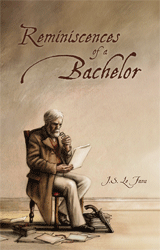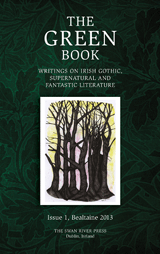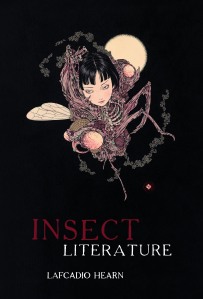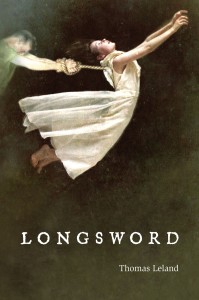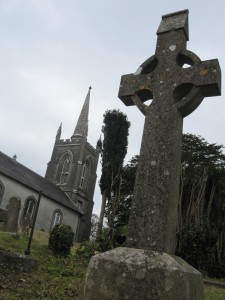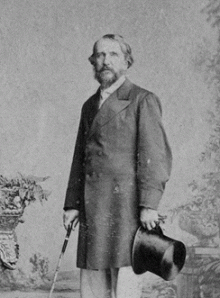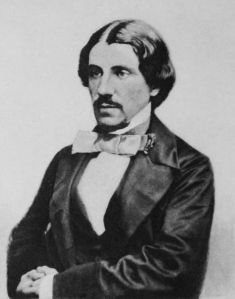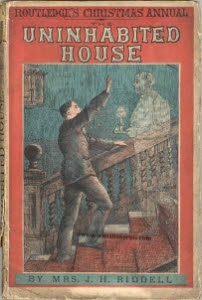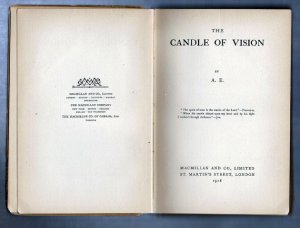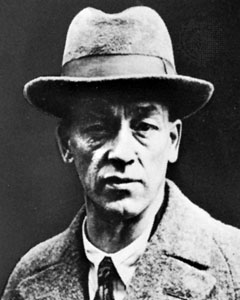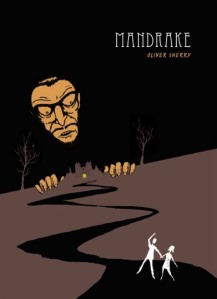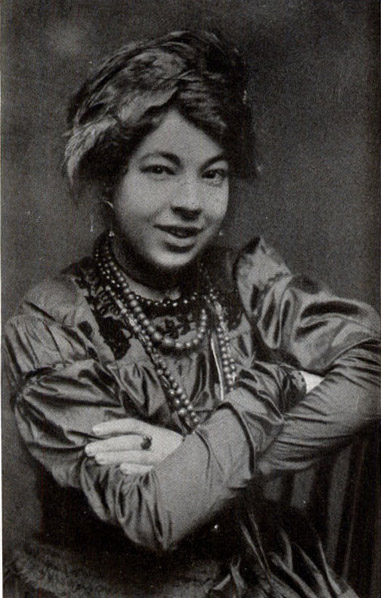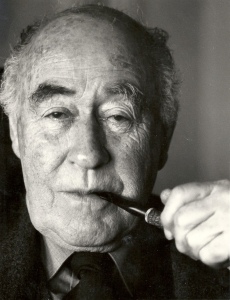We can probably safely say that few could have guessed what 2020 would have in store for us. I haven’t quite decided yet whether or not I take comfort in the fact that this can be said at the start of any given year. Anyway, here at Swan River Press I had to adjust quickly: I started to work my day job from home last March, which then blurred daily into the evening hours that I put into the press. Time is a bit elastic in this room, and it isn’t uncommon to find myself wondering what day of the week it is.
Whenever I write one of these annual reviews, it seems that the most recent passing year is the “most ambitious yet”. This year feels no different, if only because most of my free moments—for better or for worse—were given over to Swan River. I suppose one must keep oneself distracted, right? I admit, I enjoy the indulgence in work. At least this sort of work.
But here we are at the end of a difficult year, and it’s time for me to take stock of what we’ve accomplished on the publishing front. I say “we” because, though it’s just been me in this room for the majority of the year, Swan River is far from just myself as you’ll quickly see.
So let’s start at the beginning.
Our first book of the year was the fourth instalment in our ongoing anthology series, Uncertainties, our showcase of new writing—featuring contributions from Britain, America, Canada, Australia, and the Philippines—each writer exploring the idea of increasingly fragmented senses of reality. This year’s volume was edited by Timothy J. Jarvis, and included an impressive line-up of stories from fourteen contemporary writers such as Lucie McKnight Hardy, Camilla Grudova, John Darnielle, Brian Evenson, and Claire Dean. I was particularly delighted to feature on the cover a painting by B. Catling, who we’ll return to in a moment. David Longhorn of Supernatural Tales had some kind things to say about the anthology: “[Uncertainties 4] has, for me, illustrated yet again the broad range of Gothic fiction, and more than hints at a genre revival in this century far more impressive than anything in the last. Perhaps this is because, like the Victorian era, ours is one of uncertain peace, irrational fads, scientific progress, and deeply unstable societies that are mirrored in confused personal identities and relationships. And people still like spooky stuff a lot.”
Lucifer and the Child by Ethel Mannin felt like one of our biggest discoveries of the year, something to be truly excited about: the first Irish edition of an overlooked novel once banned in this country. An atypical book from Mannin, Lucifer and the Child was originally published in 1945, then reviewed in the Irish Times as “a strange, but gripping book”. Our new edition of this extraordinary novel features an introduction by Rosanne Rabinowitz, and was given favourable notice in the Dublin Inquirer: “It is not surprising that this book was deemed unsuitable for 1940s Ireland. The allure of Lucifer and the occult would certainly have been deemed inappropriate, as would the depictions of female sexuality.” (Although no records exist that give reason, I personally suspect it wasn’t the occult themes that got the book banned, but rather the mention of abortion.) Despite the challenges it poses to conservative pearl-clutchers, this book was warmly received as evidenced by the many emails I got from delighted readers. The cover is by Australian artist Lorena Carrington—she did a wonderful job of depicting the dark faerie tale within its pages.
(Buy Lucifer and the Child here.)
Our next title, Munky, allowed us not only to work with artist and novelist B. Catling RA, author of the Vorrh trilogy, but for the cover art the opportunity to team up with artist Dave McKean. This project started as a submission to Uncertainties 4, but after some consideration, we decided it stood better on its own. Munky is a quirky novella that illustrates an English town and its inhabitants, as ridiculous as they are quaint, evoking an atmosphere that “might be called M. R. James with a soupçon of P. G. Wodehouse and a dash of Viz” (The Scotsman). We had also arranged for this edition to be signed by both author and artist, making this book one helluva package. Once a book is published, I tend not to go back and read it (yet again). Not so with Munky. Over these past months I found myself picking it up on occasion to revisit Catling’s charmingly cracked world.
Our fourth book this year was also our fourth by Irish author Mervyn Wall: Leaves for the Burning, originally published in 1952. We’ve been championing Wall’s work for quite some time now: The Unfortunate Fursey (2015), The Return of Fursey (2015), A Flutter of Wings (2017), and in a few issues of The Green Book. A mid-century portrait of Ireland, Leaves for the Burning is rich in grotesque humour and savage absurdity, depicting a middle-aged public servant who works in a shabby county council sub-office in the bleak Irish midlands, mired in Kafkaesque bureaucracy and petty skirmishes with locals. Although we stray from our typical fantastical themes with this one, we hope you’ll still give it a chance. With an introduction by Susan Tomaselli, editor of gorse, we are proud to make available again Mervyn Wall’s great “half-bitter book”—as it was judged by Seán O’Faoláin—surely now just as relevant as it was over half a century ago. The cover art for this one is by Niall McCormack, whose work will be recognisable to those who read Tomaselli’s gorse.
(Buy Leaves for the Burning here.)
Continuing with our “recovered voices” of Irish women writers of the supernatural, this year we published The Death Spancel and Others by Katharine Tynan. Research for this project started over three years ago—though you’ll recall we featured Tynan in Bending to Earth: Strange Stories by Irish Women (2019) and in various issues of The Green Book. Consisting of fifteen stories, seven poems, three appendices, and an introduction by Peter Bell, The Death Spancel is the first collection to showcase Katharine Tynan’s tales of the macabre and supernatural. It is also the only volume of this once-popular Irish author’s work currently in print, perhaps making this book all the more important. The Death Spancel was reviewed in Hellnotes by Mario Guslani to be “of remarkably high literary quality . . . a great collection recommended to any good fiction lover.” Brian Coldrick, who is quickly becoming one of our favourite artists to work with, did the cover for this one. You might recognise his work from the cover of Rosa Mulholland’s Not to Be Taken at Bed-time (2019).
The final hardback of the year was Ghosts of the Chit-Chat, edited by actor and scholar Robert Lloyd Parry. The book is as much an anthology of stories and poems as it is a work of scholarship. Lloyd Parry introduces each author with a short biographical sketch, building a portrait of those in the orbit of M. R. James, who debuted his own ghost stories on the evening of Saturday, 28 October 1893, Cambridge University’s Chit-Chat Club. Like many of our books, this one was long in the works. In addition to reprinting numerous rare and only recently discovered pieces, Ghosts of the Chit-Chat also features earlier, slightly different versions of James’s “Canon Alberic’s Scrap-book” (here titled “The Scrap-book of Canon Alberic”) and “Lost Hearts”. We also had a Zoom launch for Chit-Chat, and though it wasn’t recorded, we’ve got a video of Lloyd Parry reading Maurice Baring’s “The Ikon”. The volume was published on 8 December, and proved to be so popular that the already extended edition of 500 swiftly went out of print on 20 December, breaking some sort of record for us. Reception has been encouraging, with James scholar Rosemary Pardoe noting, “People who’ve missed out on it should be kicking themselves.” But don’t worry. We have plans for a paperback edition next year—sign up to our mailing list if you want advance notice.
(Buy Ghosts of the Chit-Chat here.)
We also published three issues of our journal The Green Book: Writings on Irish Gothic, Supernatural and the Fantastic. Issue 14, outstanding from 2019, was published simultaneously with Issue 15. Based loosely around the theme of memoir and biographical sketches, Issue 14 contained pieces by or about Dorothy Macardle, Fitz-James O’Brien, Rosa Mulholland, among others. Issue 15 was a departure from our standard practice: we decided to feature fiction, and so reprinted rare pieces by Conall Cearnach, Herbert Moore Pim, Robert Cromie, and others. Issue 16 featured ten entries from our (still tentatively titled) Guide to Irish Gothic and Supernatural Fiction Writers project, including profiles of Edmund Burke, L. T. Meade, Forrest Read, Elizabeth Bowen, and more. Our issues for 2021 are already coming together nicely.
And there you have it!
So is anyone interested in the final tallies? I’ve got my nifty spreadsheets set up to spit out some figures. We published 8 new titles this year, totalling 1,584 pages, 2,950 copies, and 462,763 words.
Naturally we attended no conventions this year, either online or in person. I think the last might have been FantasyCon in Glasgow. But I look forward to seeing everyone again soon!
Perhaps the biggest Swan River development over these past twelve months was a long-mooted foray into paperbacks. We’ve dipped our toes in the water so far with Earth-Bound (Dorothy Macardle), The House on the Borderland (William Hope Hodgson), and Insect Literature (Lafcadio Hearn). We’ll be doing more in 2021, so it will be your chance to read some of our out-of-print books at a more reasonable price than what you’ll often find them for on the secondhand market. The reason it took so long is because I wanted to make sure we were doing paperbacks as best we could given the myriad challenges I had to consider and balance. This not only includes the books themselves, but also the behind-the-scenes admin work they create. But I’m happy we’ll been able to make available again some great stories. If you want to read more about our paperbacks, I wrote an entire blogpost about it.
(Buy Swan River Paperbacks here.)
Next I’d like to extend a warm welcome to Timothy J. Jarvis, who will be joining (actually, already has) the Swan River team. I’ve known and worked with Tim for a good many years now. I’ve always found both his fiction and writings on supernatural literature to be nothing but insightful; and I, as I am sure do many, value his generosity, passion, and friendship highly. If you want to check out Tim’s work, I suggest starting with his novel The Wanderer (2014). Tim also edited Uncertainties 4 this year, and his short fiction and articles can be found in innumerable anthologies. He is also co-editor of Faunus, the journal of the Friends of Arthur Machen (to which you should subscribe if you don’t already). Welcome, Tim!
Not forgetting the Swan River team, who make sure that I’ve not sat alone in this room for the year: Meggan Kehrli, who has once again done a superb job designing and laying out all our titles (including the various other ads and graphics I occasionally need); Jim Rockhill, who is always at the ready to provide proofreading and sage editorial input, always backed with his thoughtful scholarship; and Ken Mackenzie, who takes care of all our books’ insides, always patiently putting up with my dithering until things are just right. And finally, Alison Lyons and the team at Dublin UNESCO City of Literature, who continues to give their support, encouragement, and enthusiasm for our on-going work, allowing us to reach just a bit further than we might otherwise be able to.
(Don’t worry, I’m nearly finished.)
This year has been difficult for many, and I’ve had a lot of books and media to keep me company lately. I’d like to give a shout out to the creatives whose work I’ve been enjoying lately. Maybe you’ll find something new and interesting too: Tartarus Press, Zagava, Ritual Limited, Egaeus Press, Sarob Press, Side Real Press, Supernatural Tales, Hellbore, Nunkie Productions, Eibonvale Press, Undertow Publications, Nightjar Press, Friends of Arthur Machen—all of these people are doing the sort of things that I love, so be sure to give them your support if you find something you like. Not to mention the many booksellers out there who stock our books—and even if they don’t, be sure to support your favourite local, independent booksellers anyway. Choose to put your money into their pockets instead of Am*zon’s, because it really does make a difference.
Lastly, thank you to everyone who supported Swan River Press this year: with kind words, by buying books, donating through our patron programme, or simply spreading the word—I’m grateful for it all! If you’d like to keep in touch, do join our mailing list, find us on Facebook, follow on Twitter and Instagram. We’ve got some exciting projects for next year that I’m looking forward to sharing with you all. Until then, please stay healthy; take care of each other and your communities. I’d like to wish you all a restful holiday season, and hope to hear from you in the New Year!












 EDITOR’S NOTE
EDITOR’S NOTE EDITOR’S NOTE by Brian J. Showers
EDITOR’S NOTE by Brian J. Showers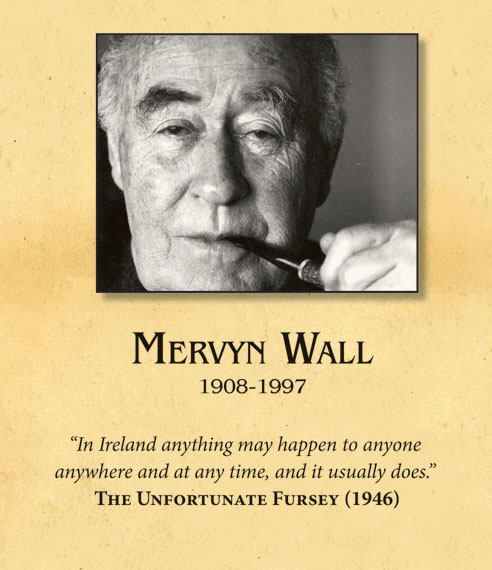 “In Ireland anything may happen to anyone anywhere and at any time, and it usually does.”
“In Ireland anything may happen to anyone anywhere and at any time, and it usually does.”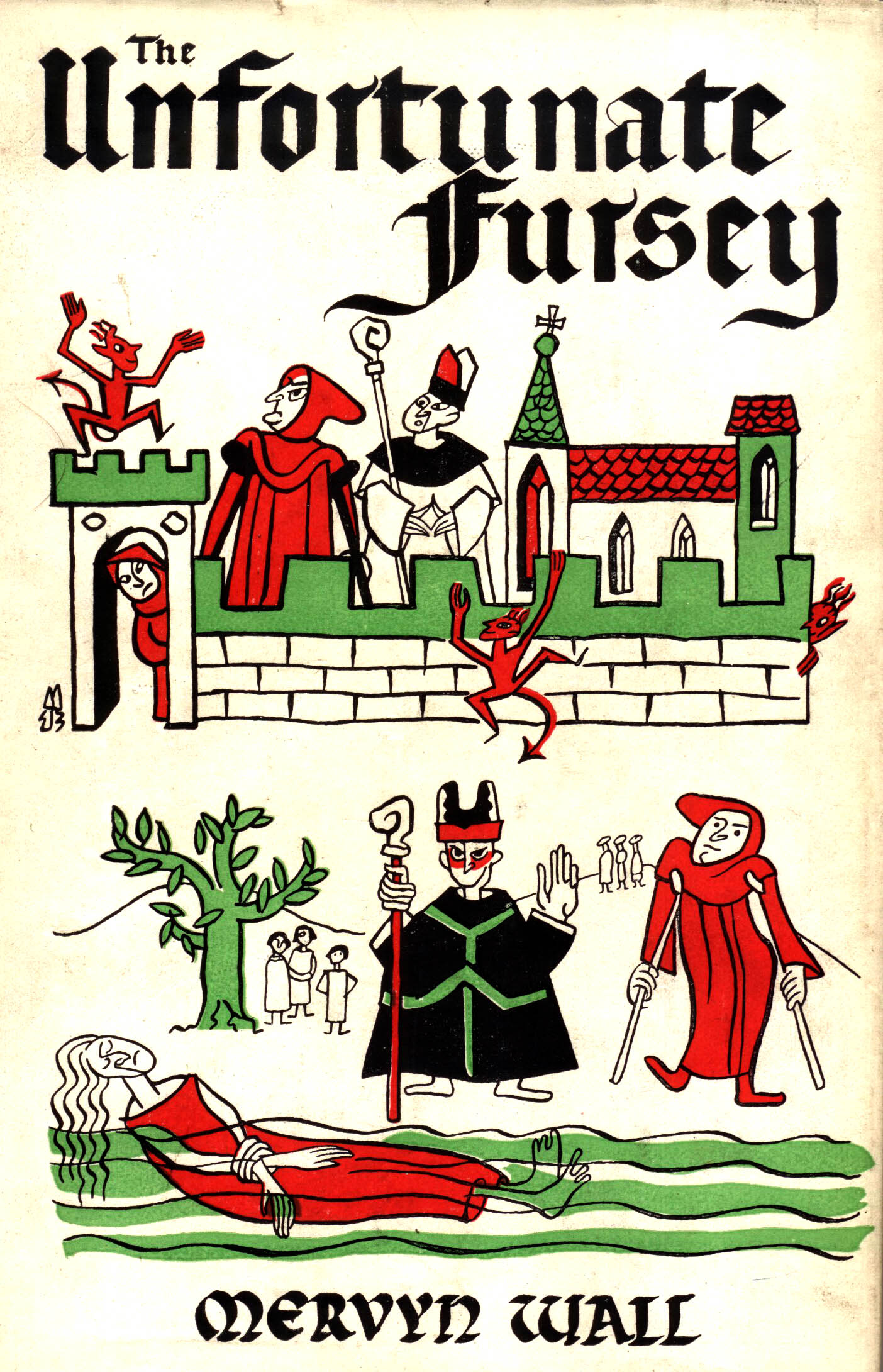 Novels and Collections
Novels and Collections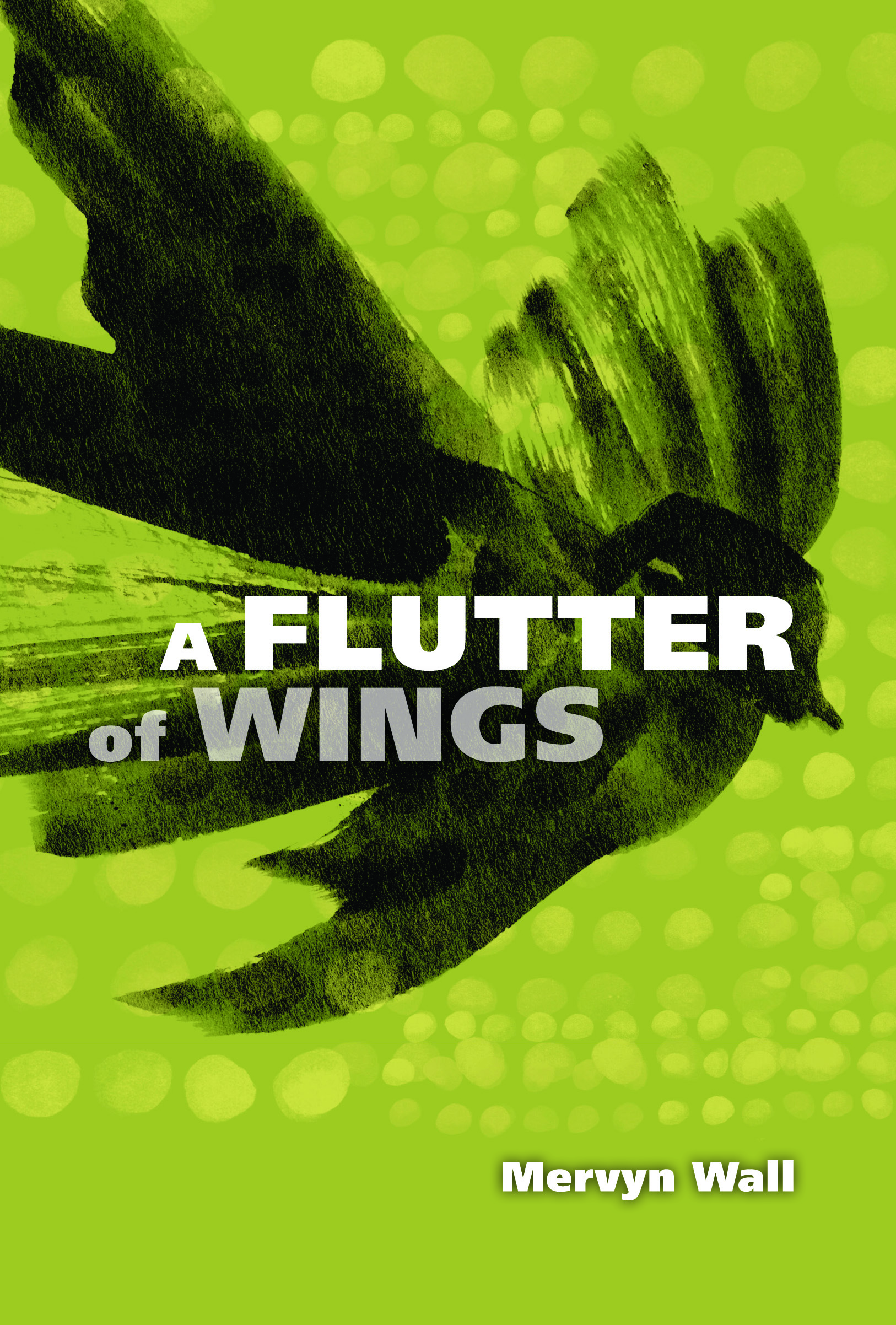 While our deluxe hardback editions of Mervyn Wall’s most beloved novels, The Unfortunate Fursey and The Return of Fursey, are now out of print, we still have available a hardback edition of his short story collection
While our deluxe hardback editions of Mervyn Wall’s most beloved novels, The Unfortunate Fursey and The Return of Fursey, are now out of print, we still have available a hardback edition of his short story collection  A good while back I posted the image of a poster designed by myself and long-time Swan River conspirator Jason Zerrillo. It features a line-up of Ireland’s most recognisable and possibly most influential writers of fantastic literature. I explained the impetus for the poster’s creation in an earlier
A good while back I posted the image of a poster designed by myself and long-time Swan River conspirator Jason Zerrillo. It features a line-up of Ireland’s most recognisable and possibly most influential writers of fantastic literature. I explained the impetus for the poster’s creation in an earlier 
